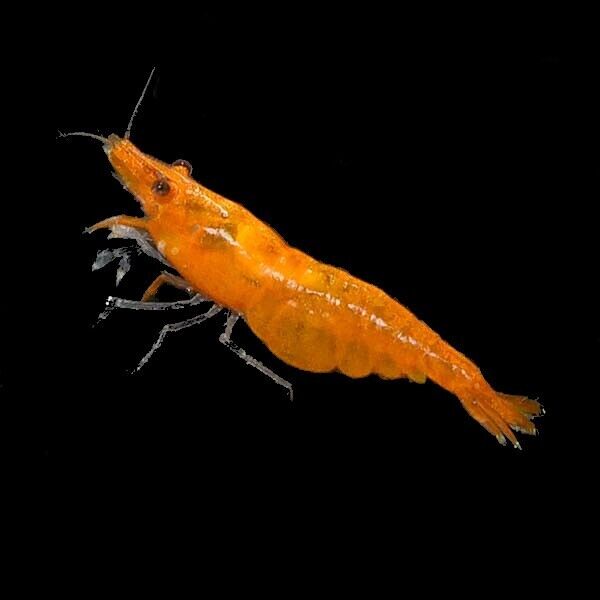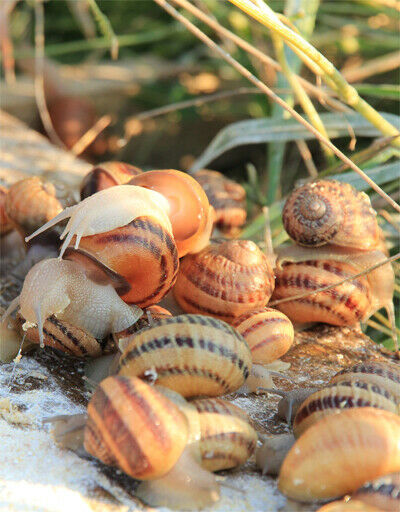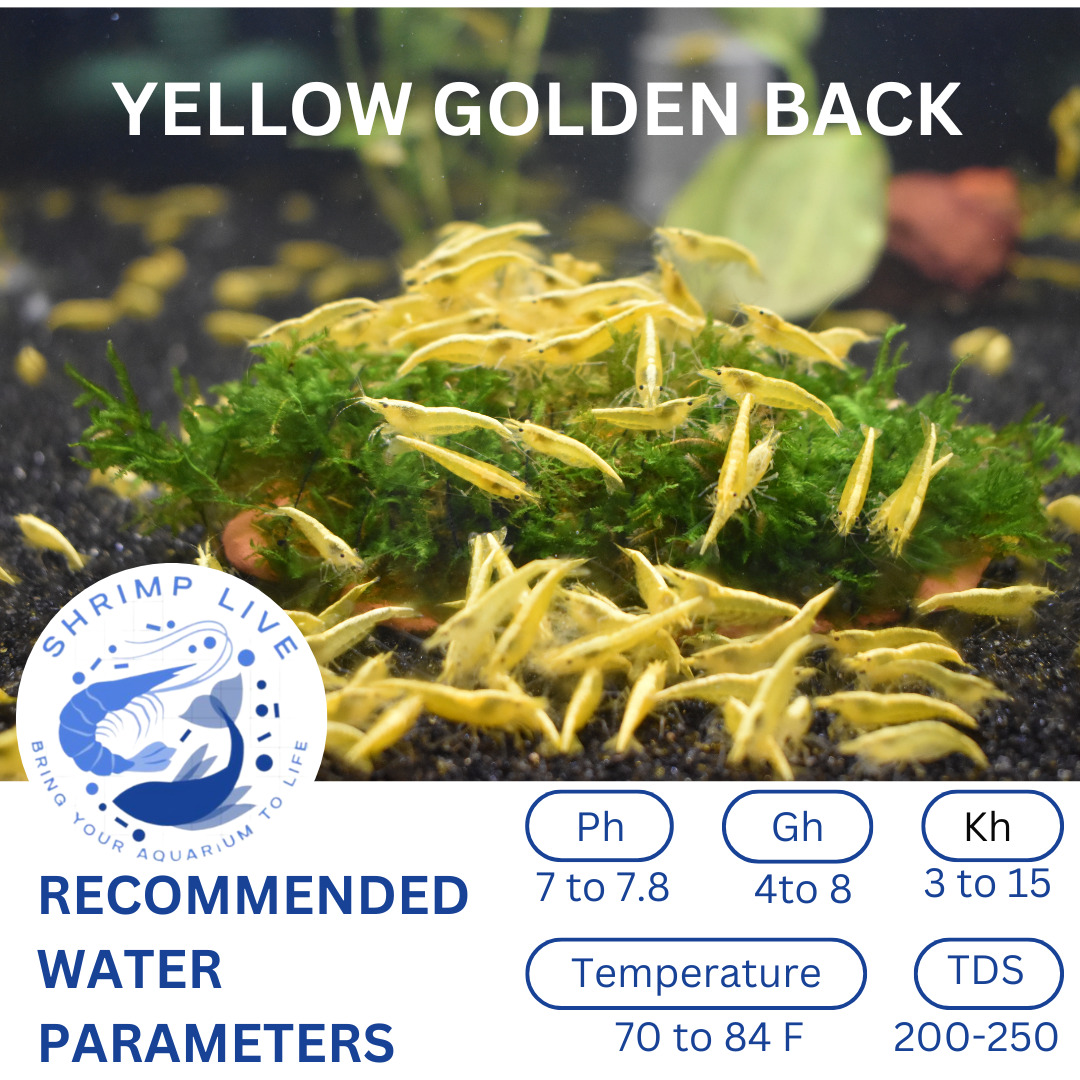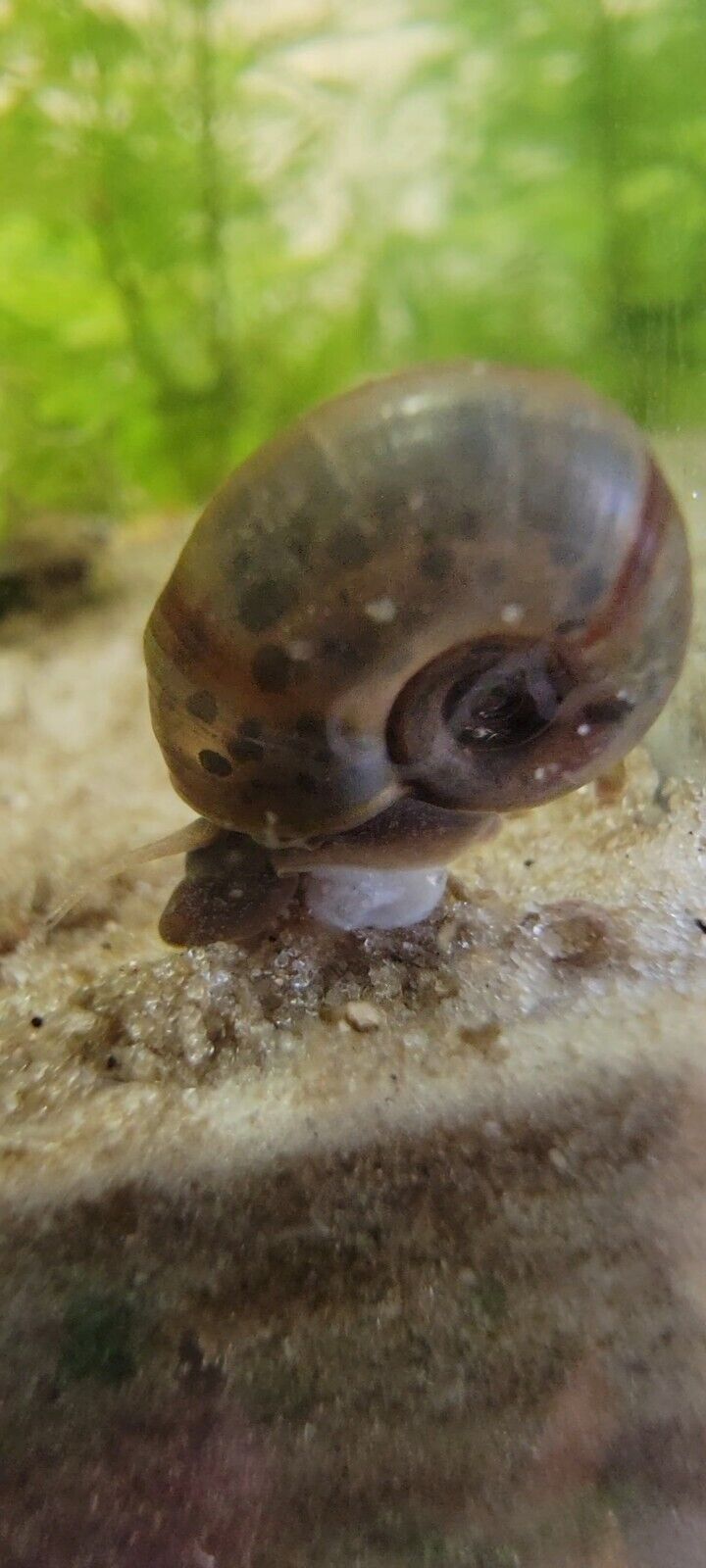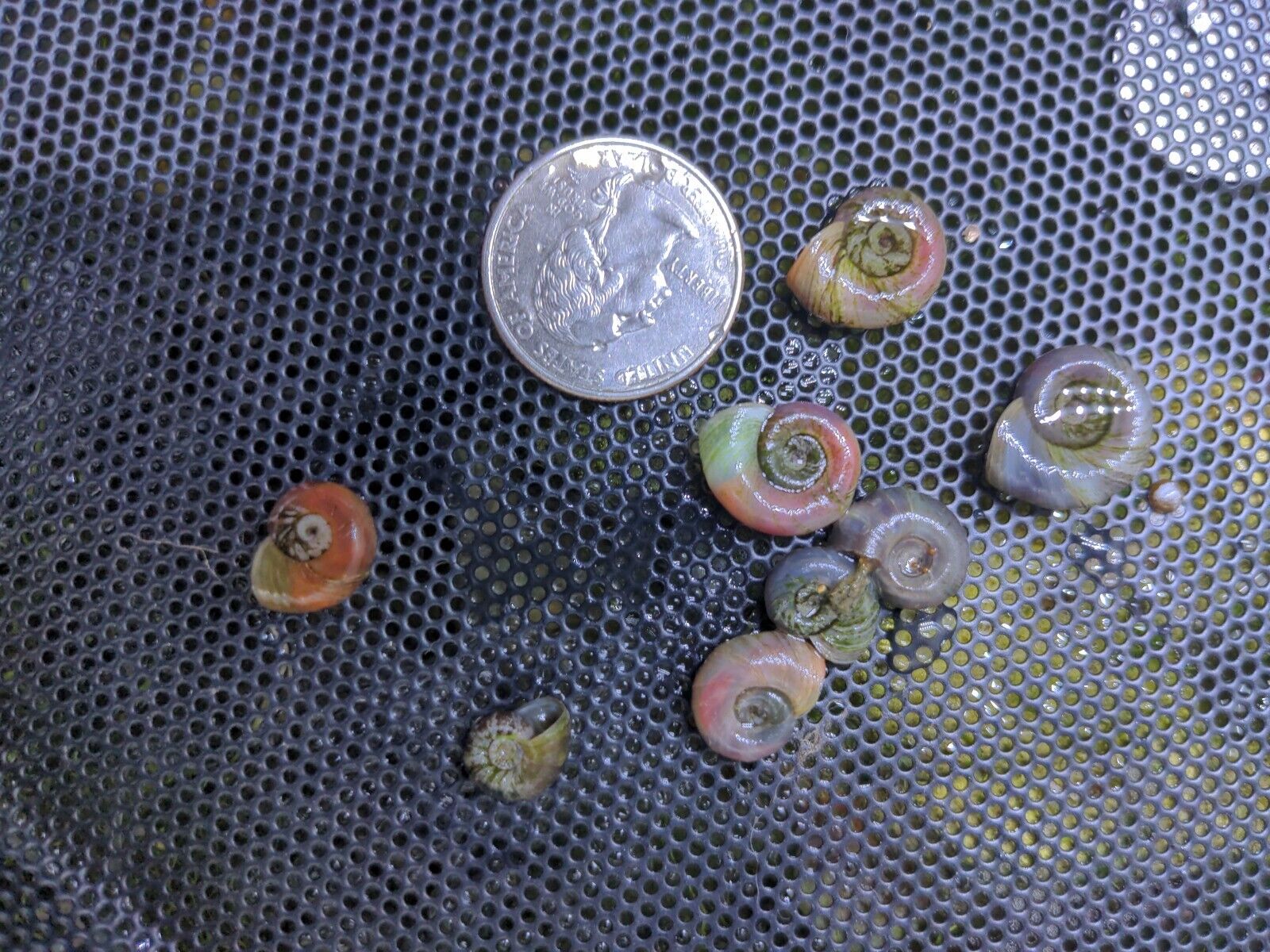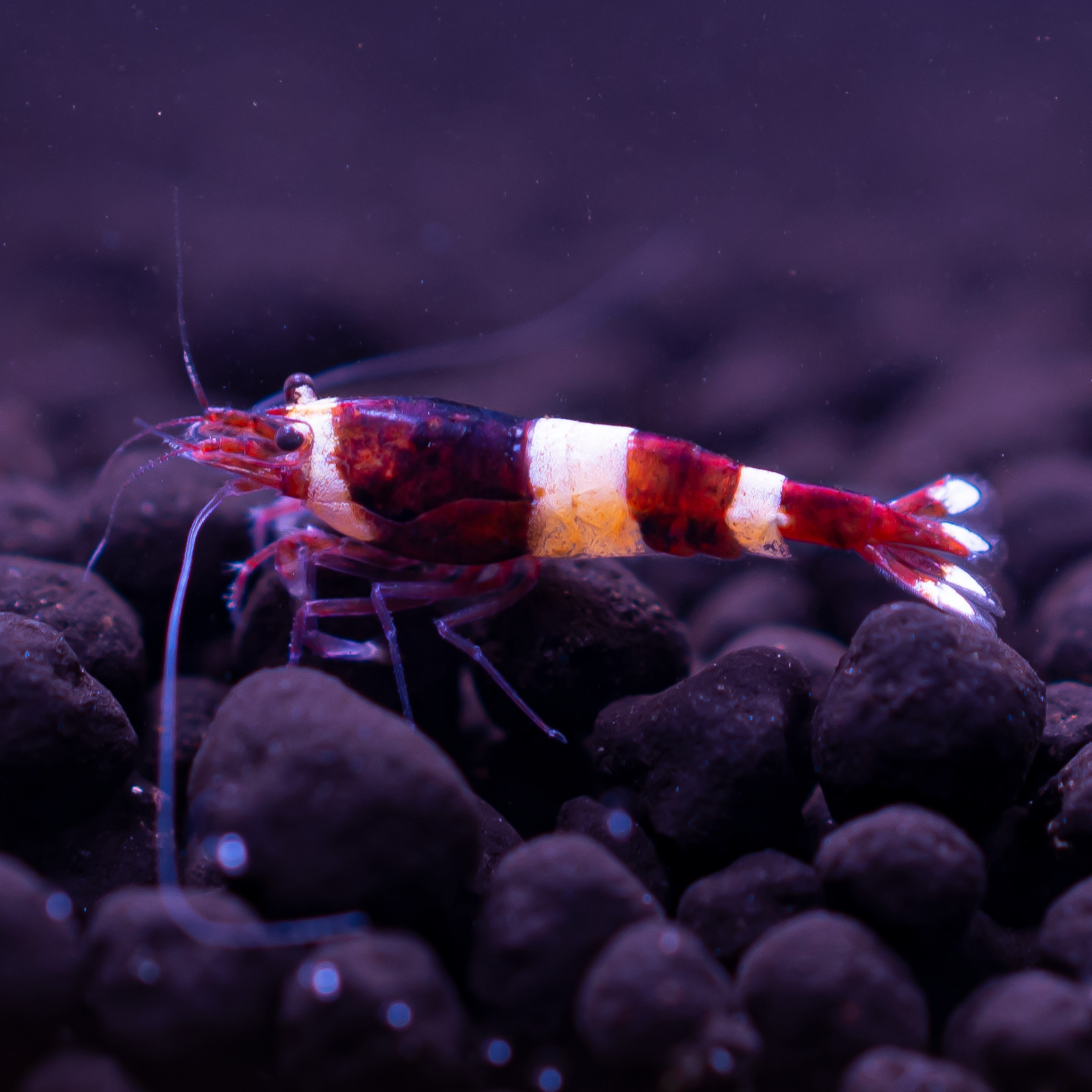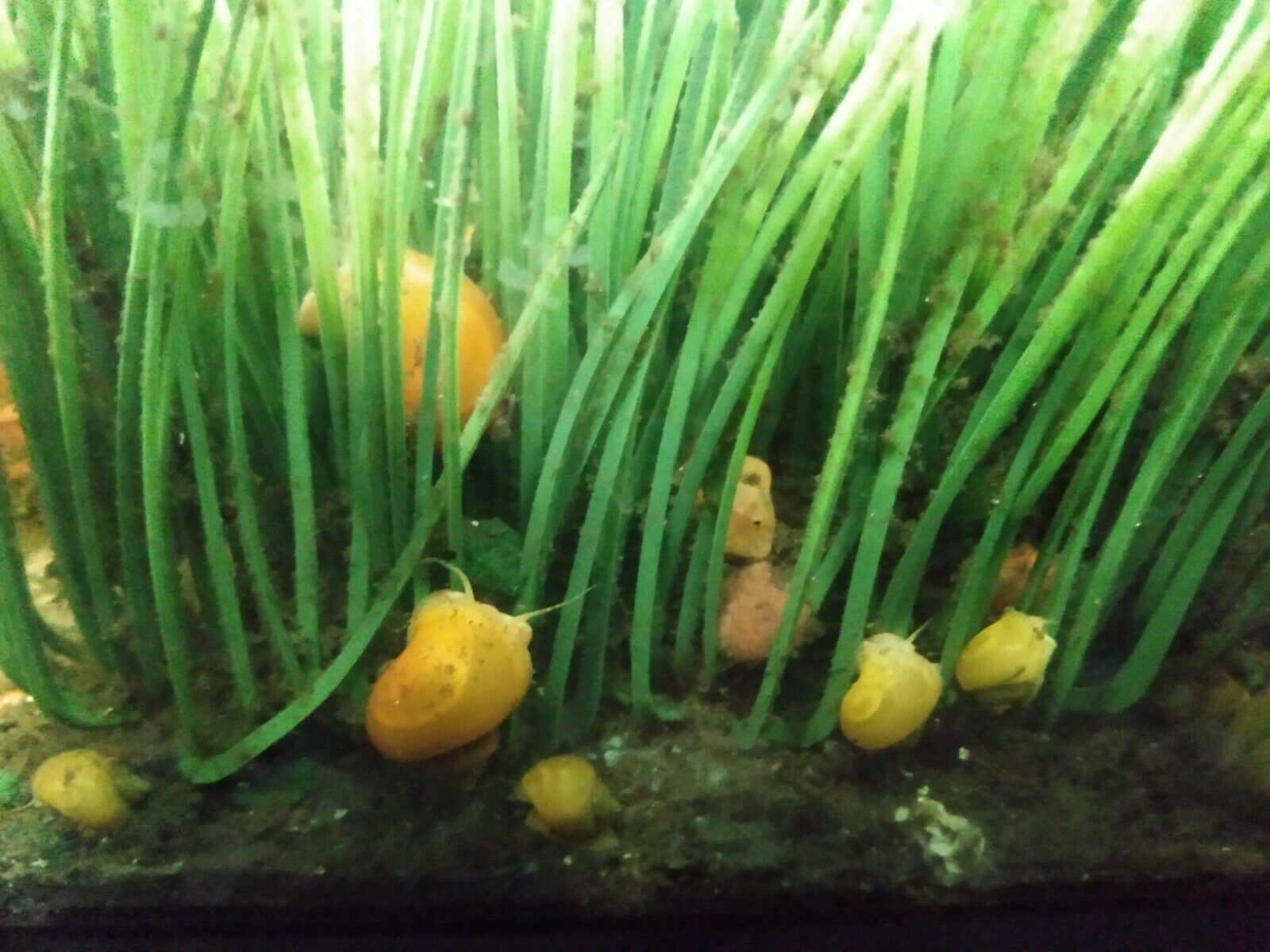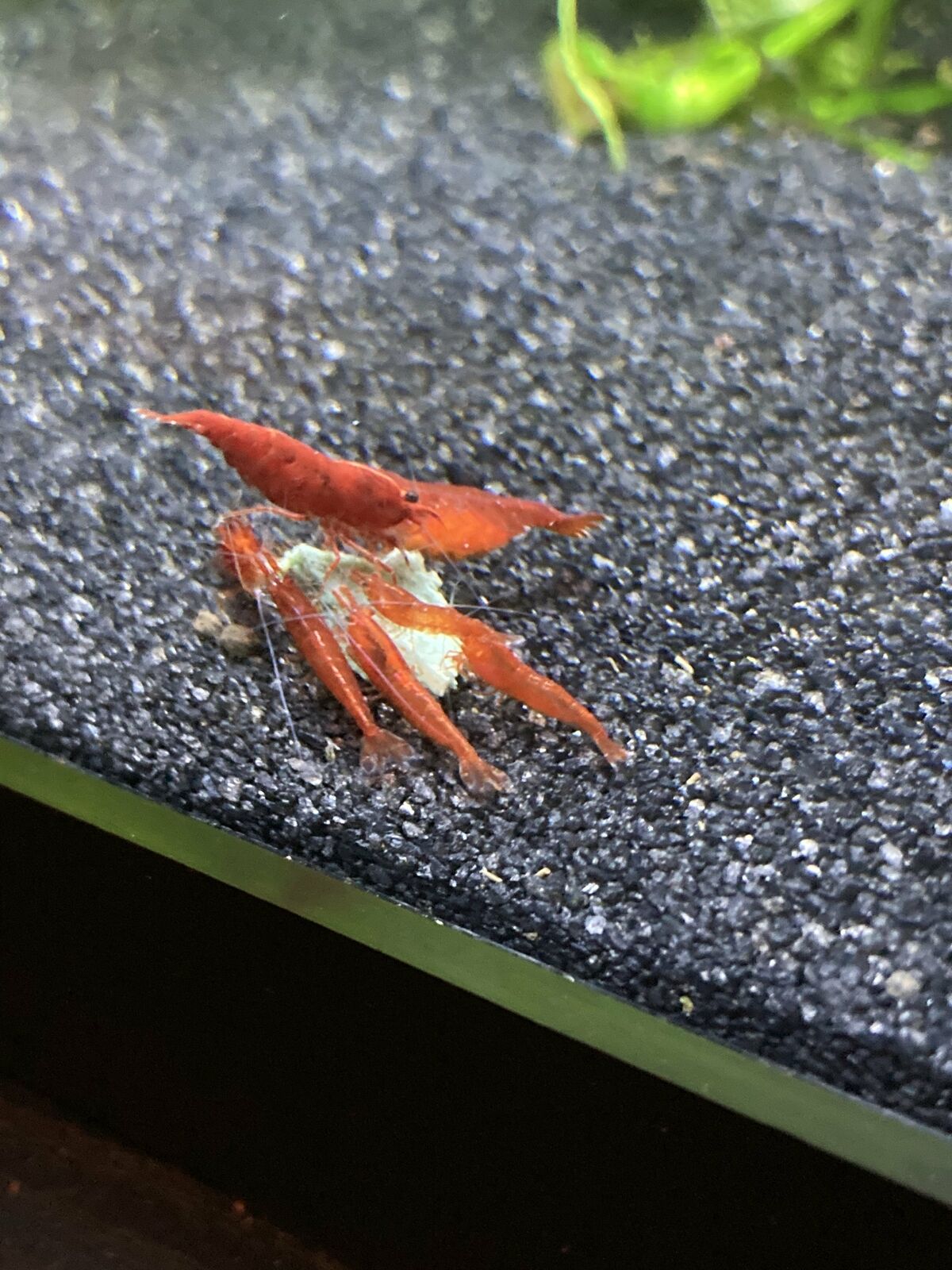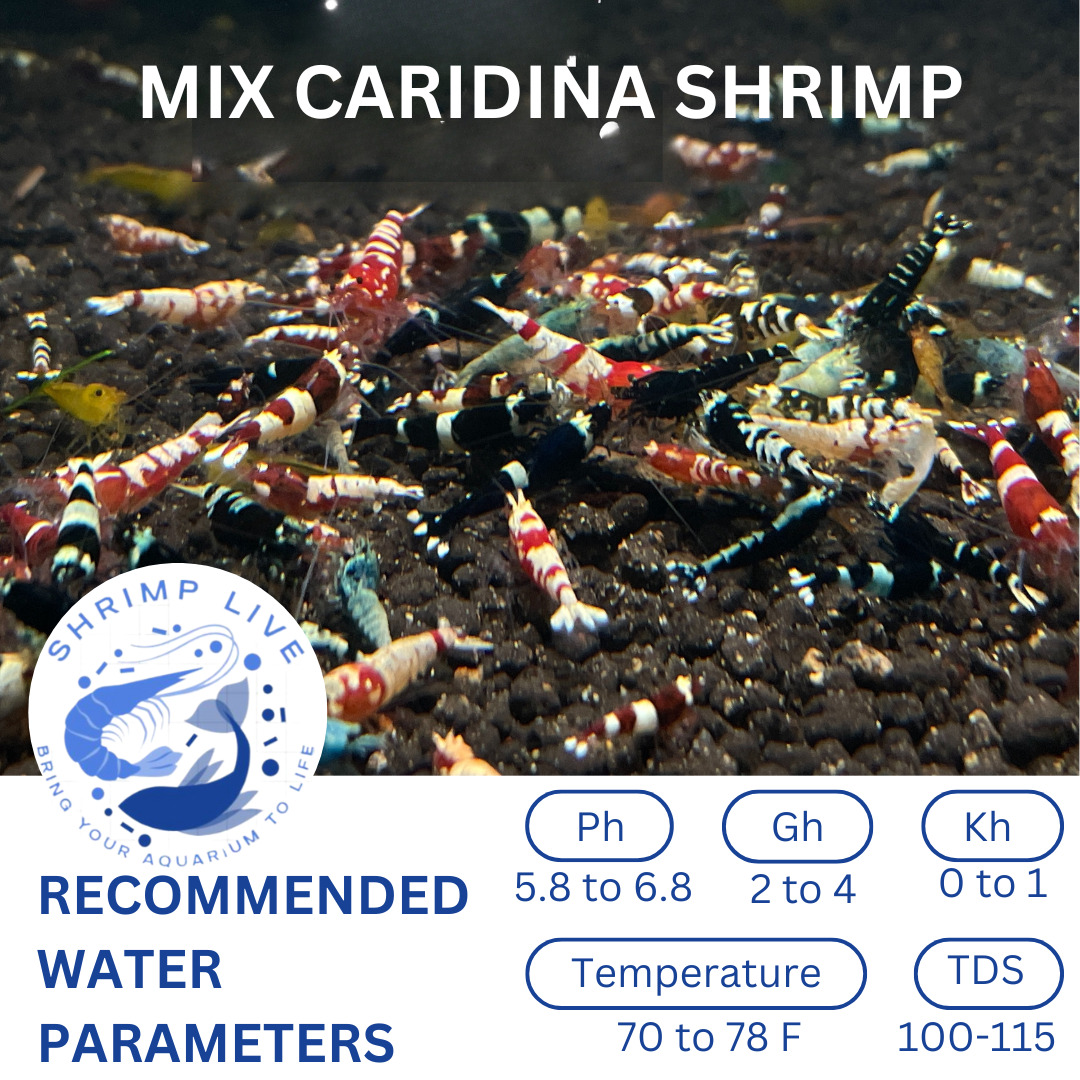-40%
5 Pumpkin Orange Neocaridina Shrimp
$ 15.83
- Description
- Size Guide
Description
Orange Pumpkin Shrimp are very similar to the prolific Red Cherry Shrimp, but their coloration is a deep solid orange . They are very active and breed very quickly. A colony of these shrimp works as a very effective cleaning crew for your aquarium, cleaning up algae and waste. If you’re thinking of shrimp for your tank, Orange Pumpkin Neocaridina shrimp are the way to go in most cases. They’re one of the easiest species to care for and they’re small, easy to care for, easy to feed, and easy to breed – what more could you want? Orange Pumpkin Neocaridina shrimp are naturally a green-brown. It’s only through line breeding that we have developed so many morphs that we know and love today. When you mix color morphs of different variants, you will likely end up with the original green-brown wild-looking shrimp. Orange Pumpkin Neocaridina shrimp originate from Taiwan where they live in densely planted streams and ponds with a rocky or sandy substrate, surrounded by forests. In the wild, the water is slow-moving, and there is often little tannins or staining in the water. These are freshwater shrimp and can live in almost any freshwater aquarium. They are very popular for planted tanks and community tanks, and many people use them in large aquariums for waste management and algae control. We generally ship young adult shrimp that are already of breeding age. Orange Pumpkin Shrimp belong to the same species as Sakura Red Cherry Shrimp (Neocaridina davidi), so their care requirements are essentially the same. All Orange Pumpkin Shrimp are extremely adaptable creatures that can live in almost any freshwater aquarium. Our shrimp ship out as breeding age young adults that are about 1/2 inch to 3/4 inch in length. Some of the younger shrimp have not reached their full potential yet and will grow into a bright orange color as long as they are comfortable in the tank. Lower intensity lighting and dark substrate also helps them achieve the deepest orange coloration.If you’re thinking of shrimp for your tank, Orange Pumpkin Neocaridina shrimp are the way to go in most cases. They’re one of the easiest species to care for and they come in a ton of colors. Not to mention they’re small, easy to care for, easy to feed, and easy to breed – what more could you want?
Entertaining antics to watch for hours on end, maybe?
Orange Pumpkin Neocaridina shrimp are naturally a green-brown. It’s only through line breeding that we have developed so many morphs that we know and love today. When you mix color morphs of different variants, you will likely end up with the original green-brown wild-looking shrimp.
Orange Pumpkin Neocaridina shrimp originate from Taiwan where they live in densely planted streams and ponds with a rocky or sandy substrate, surrounded by forests. In the wild, the water is slow-moving, and there is often little tannins or staining in the water.
The Tank Specs
I suggest a minimum tank of 5 gallons, though a 10-gallon is a better choice. Anything less and you run the risk of having an overpopulated tank, as six shrimp can quickly become a 100. I suggest twenty longs as the maximum tank size, anything over that and your population will slowly decline as they won’t be able to find mates.
You’ll also likely want a heater if you want your shrimp to breed. If you’re not super into the idea of breeding shrimp (which is super easy, low maintenance, and a delight, by the way!) you probably won’t need to worry about temperature much so long as your house is a comfortable temp.
Stocking
Prefer to be kept in groups of six or more, in smaller numbers they become shy and struggle to find mates. Most, however, people seem to be concerned with the maximum number of shrimp they can keep. The answer isn’t definitive, more like whatever you and your filtration can handle (which is usually more than you think.)
Since these guys don’t eat their young, your colony could grow exponentially – and fast – under the right conditions. Which, like most things shrimp-related, seems to be hit or miss with most people.
Decor
Orange Pumpkin Neocaridina shrimp thrive in densely planted aquariums that have hiding spots, driftwood, and plant debris (like leaf litter) which they can graze on. They’ll appreciate any structures they can graze, cling to, or hide in when they’re molting as well. My favorite place for natural finds like this is Tannin Aquatics. It’s literally
always
a treat to use anything I order from them.
Best Plants For Orange Pumpkin Neocaridina Shrimp
There aren’t any terrible choices for plants, but there are a few I would recommend above others for a shrimp tank. When I think of plant options to add to a tank, I want to see natural behaviors and a relationship that benefits both the plant and the animal. For shrimp that means that ability to graze off, cling to, and clean the plants. With that in mind, here are my favorite recommendations:
Guppy grass is a great floating plant that adds depth, structure, and cover to any tank. It’s a super easy plant to grow and takes up tons of ammonia, nitrates, and nitrites, but – beware – it grows fast and can easily overrun your tank. Overall, it’s an amazing plant to have if water quality is your top concern.
Feeding
Cherries are scavengers that will scarf down just about anything if the opportunity presents itself. In aquariums, their diet includes plant matter, algae, debris, infusoria, dead or dying animals, and plenty of other unsavory morsels. Shrimp are not particularly picky with what they eat, mostly because they eat constantly.
Still, let’s give them a healthy and varied diet!
When feeding them vegetables, be sure to peel and blanch them before adding them to your tank. Not only does this allow it to sink faster, but it also softens up the “flesh” of the veg. Soft veggies are easier for the shrimp to pick apart. You can also feed them spinach and other leafy greens so long as you’ve boiled them for a few minutes.
It’s important to remember that they need calcium and copper in their diet. Although copper is deadly to shrimp, it’s a vital nutrient for all life – but they need it in smaller amounts. If you’re questioning the safety of the level of copper in the food that you currently feed, it’s safer to switch to a shrimp-specific food. That way, you’ll know it has the correct levels of copper and calcium versus guessing. Prepared diets also tend to be more convenient.
Orange Pumpkin Neocaridina Shrimp Tankmates
Orange Pumpkin Neocaridina shrimp are dwarfs, they’re peaceful, and they’re tasty – which make an ideal snack for most roommates. Infamous shrimp eaters include bettas, silvertip tetras, and all dwarf cichlids.
It’s also best to avoid housing them with anything that lives predominantly at the bottom of the aquarium as one will almost always disturb the other. Bottom-dwelling choices (to avoid) would include corydoras, African dwarf frogs, and kuhli loaches. Similarly, it’s best to avoid highly predatory tank mates – even if they’re small! A good example of a bad roommate would be pea puffers, who will no doubt harass your shrimp to death and slowly pick them to pieces.
Good tankmates would be fish that don’t want to eat shrimp. Fish like algae eaters, fish that are too small to fit them in their mouth, and fish that aren’t highly predatory are good. In short, look for small fish with little mouths and – usually – fish that are easily distracted or slow work well.
